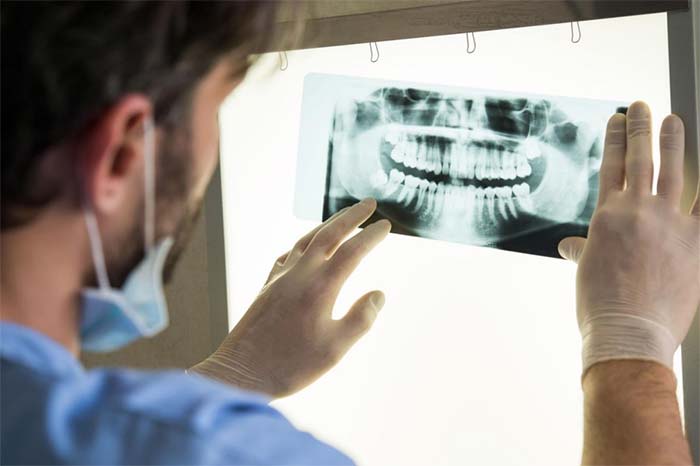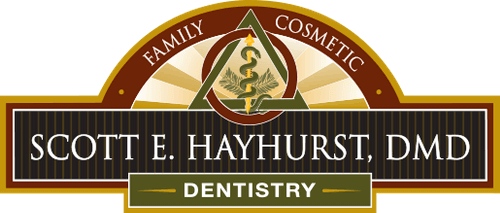What You Need To Know About Digital X-Rays

Dental x-rays, also known as radiographs, are used to capture interior images of your teeth and gums and allows dentists to identify problems such as impacted teeth, tooth decay, and cavities. In addition to helping your dentist diagnose problems, they also assess potential oral care problems that might otherwise get missed during a regular checkup.
To see more on what you need to know about x-rays, keep reading:
Their Purpose
When visiting a dentist for the first time, they may require a dental x-ray so that they can get a clear picture of your oral health. This x-ray will give a high level of detail of the tooth, bone, and supporting tissues in the mouth. X-rays are able to show the root of the tooth and when diagnosed early, they can prevent cysts, abscesses, or any other masses. This is also an effective way to monitor the growth of incoming wisdom teeth which can cause crowding, infections, ear pain, and swelling if not addressed.
The Different Kinds of X-Rays
There are several different kinds of x-rays that can be used to assess your oral health, but the most common are: periapical, bite-wing, panoramic, and occlusal. A periapical x-ray provides a view of the entire tooth from the crown to the bone that helps support the tooth. Bite-wing x-rays display details of the upper and lower teeth and can detect decay between teeth and changes in bone thickness as a result of gum disease. A panoramic x-ray shows a complete picture of the teeth, jaw, nasal and sinus area, and joints in the jaw. Lastly, an occlusal x-ray shows the roof of your mouth and is typically used to find extra teeth, jaw fractures, a cleft palate, cysts, abscesses, or growths.
Their Benefits
Not only do dental x-rays help dentists to see the tooth and gums, but also visualize disease and find and treat dental problems early in their development. In turn, this will save you money, unnecessary discomfort, and far graver consequences. Dental x-rays are especially useful in addressing dental concerns in children. As their teeth come in, a dentist will want to ensure that they are coming through properly and won’t disrupt the space in your mouth when your adult teeth surface.
We offer a variety of services here at Scott E. Hayhurst Family and Cosmetic Dentistry and we have plenty of new client incentives too! For more information on the preventative things that you can do to take care of your teeth and gums, visit our website or call us at 208-376-7721 to make an appointment today!
